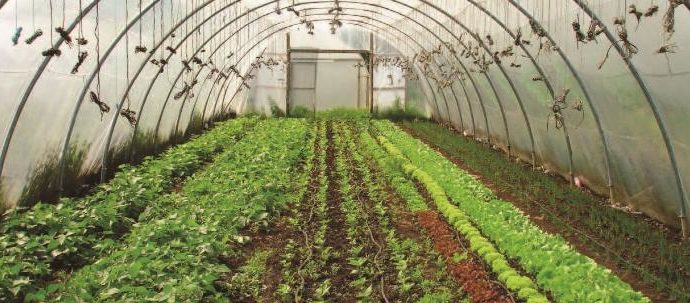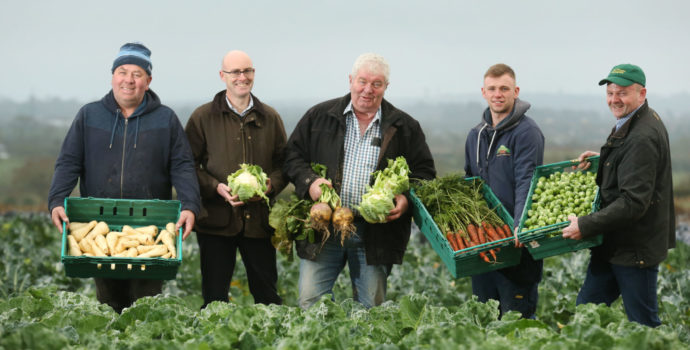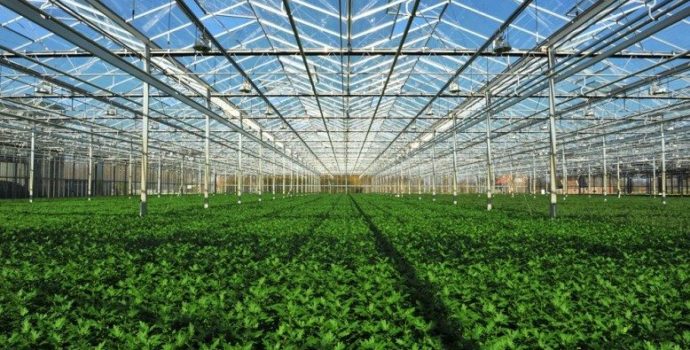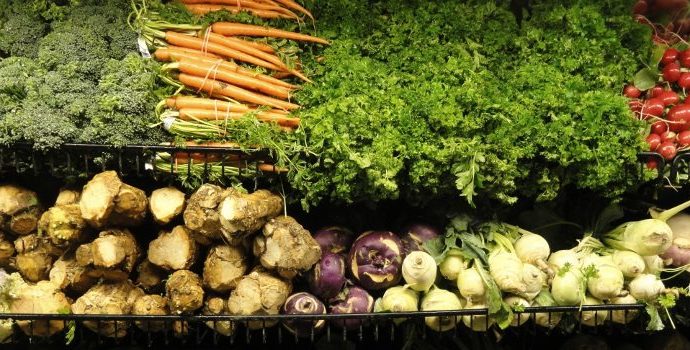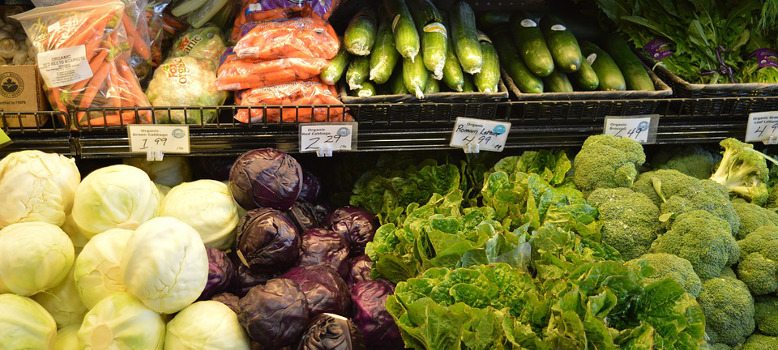
Overview
The weather this Winter and Spring was far more benign than 2017/2018. This gave overwintered crops a chance to compensate for the drought conditions which they experienced up to September 2018. The final yield of crops was probably better than what had been initially expected however overall average yields were reduced and growers incurred significant extra costs due to irrigation and other drought related expenditure.
Unfortunately, having given some farm gate price increases last year to compensate for the drought, retailers have reverted back to pre-drought prices despite the increase of input costs such as labour, fertilizer etc. In addition, the costs associated with changes in packaging continues to be a serious issue with growers left with unused packaging after changes to product packaging which were not agreed in advance by some retailers.
The favourable Spring allowed growers to generally plant crops on time. However, what originally looked like an early season was significantly delayed by poor light and heat levels, which slowed crop development particularly during May and the start of June. This weather affected both outdoor and indoor crop production.
The weakness of Sterling continues to be a challenge for the sector. The problem will be worse this season more than last, as the drought in the UK limited the quantities of product available for export however, the situation may be different this season.
Water table ground levels were the main concern for growers in late Spring/early Summer as the levels were below average. The situation improved as we experienced wetter conditions in late May/ early June. In Europe water restrictions began in parts of France and Germany in late spring. Producers will need to be aware of incorporating the cost of irrigation when negotiating their farm gate price. Irrigation was necessary in many areas for a short window in May and again at the end of June in parts of the South East however, there is no comparison to last year.
Protected crops and salads
The season began well this year with excellent light levels reported over the winter months and early spring, this however, deteriorated in April and early May. During these months poor light levels were experienced and temperatures were below average which affected both production and consumption levels. However, the warm weather of recent weeks has helped to balance the situation.
The season started on time with good demand from retailers but the imported lines of tomatoes continue to cause concern particularly for tomato growers when these foreign lines are heavily discounted during promotions. On a positive note all retailers are now stocking Irish tomatoes and some have moved from plastic to cardboard packaging however growers cannot be expected to carry the extra costs associated with the change in packaging.
Once again sourcing labour and accommodation for workers is a major concern. Some workers have applied for non-EEA work permits this season in an effort to alleviate the problem and to date there have been 180 permits issued across all horticulture, with the mushroom sector obtaining the lion’s share of those issued.
The main lettuce crop had lower yields and it was lighter due to colder weather. Iceberg lettuce season was two weeks earlier than last year with excellent demand for the crop as it becomes available.
The fusarium issue in lettuce, which has already caused one grower to leave the sector continues to be a major issue.
The reduction in the critical mass of growers in the salad sector remains a serious issue and the continued reductions in retail prices remains a problem.
Brassicas
Overall yields and planting targets are on track this season, in stark contrast from this time last year. Growers’ main concern at the start of the season was around soil moisture levels, which were below average for the time of year.
This season white cabbage was very scarce due to the fact that yields were down because of last year’s severe drought but on a positive note prices in the market reflected this. Green cabbage was also quite scarce at the start of the season but the market is now in balance.
Broccoli was planted in time but again cooler weather at the beginning of June delayed the harvest. The marketing season has gotten off to a good start as supply has been reduced due to lower imports.
Root Crops
The planting season was largely on target this year, aided by the favourable planting conditions earlier in the year. The crop is roughly two weeks ahead of last year with the main crop scheduled to begin around July 10th. Drought conditions were a concern at the beginning of the season however, irrigation was only necessary in mid-May and drier areas of Kilkenny and Carlow would still be irrigating more than normal. Late May was colder than expected which slightly delayed crop development.
Other Crops
It is encouraging to note that the area planted to onions has doubled in the last few years as retailers are making efforts to stock more Irish product. Crops are looking better this season following the hit to production last year due to late sowings and subsequent drought.
Strawberries
Last year was a difficult year for strawberry growers with extensive plant and structural damage due to storm Emma followed by excessive heat which affected yields and caused gluts in the market as crop timings overlapped. Normal growing conditions so far this year have helped to bring yields back to normal however the season was delayed again due to below average temperatures in May. Last year’s heat conditions also meant that many growers were forced to invest in cooling equipment. The new variety Centenary, which many growers are now using, is producing excellent quality fruit and has helped picking rates however, some growers are reporting reduced yields.
Apples
Anecdotal reports suggested that some night frosts during the blossom period could have a serious impact on yields this year. It is still too early to know the exact effect it will have on production but in central and eastern Europe they are already predicting a major reduction in yields with Poland in particular reporting that overall production may be reduced by up to 40%. This will be a stark contrast to last year where high yields created a surplus across the EU.

